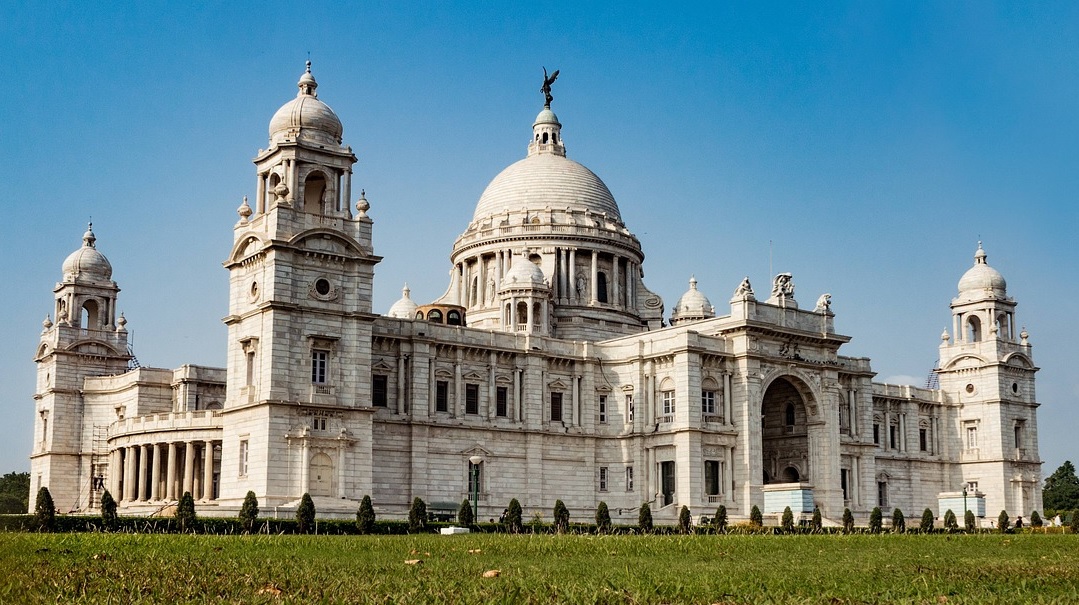West Bengal: A Saga of Dynasties and Diversity
West Bengal is a land of rich history, diversified culture, and striking scenery, located in the eastern region of India. The State provides a tapestry of experiences that blend the past and present, tradition and modernity, from the busy city of Kolkata to the serene coasts of the Bay of Bengal.
History and Heritage
West Bengal’s history is a tapestry made of strands from past civilizations and the development of culture. The Ganges delta’s lush plains have been inhabited since the Paleolithic period, drawing early settlers who helped give rise to native tribes and kingdoms.
The Pala Empire, renowned for its support of Buddhism and contributions to literature, art, and architecture, was one of the first dynasties to be officially documented. This heritage was upheld by the Sena dynasty that succeeded it, which increased trade and promoted Bengali literature.

The Bengal Sultanate brought Islamic influence to the country in the fourteenth century, and as a result, marvels of architecture can be found all throughout. But under Mughal emperors like Akbar and Jahangir, the State flourished and developed into a center of trade, art, and culture.
Cultural Melting Pot
West Bengal is well known for its dynamic culture, which combines Islamic elements, native customs, and the effects of British colonialism. The cultural hub of India, Kolkata, is a mingling pot of languages, cultures, and religions that reflects the diversity of the region.

The Durga Puja event, which honors the goddess Durga’s triumph over evil, is one of the most recognizable representations of West Bengal’s cultural legacy. The celebration is characterized by ornate ceremonies, vibrant processions, and enormous pandals, which are makeshift structures covered in breathtaking artwork.
A Culinary Adventure: From Comfort Food to Ethnic Delights
Another essential component of West Bengal’s cultural identity is its cuisine. The emphasis on fresh ingredients, delicate flavors, and a variety of methods characterize Bengali cuisine. Main ingredients include fish, rice, and lentils. Popular dishes in India and beyond include macher jhol (fish curry), shorshe ilish (hilsa fish in mustard sauce), and roshogolla (sweet cheese balls).

Natural Beauty
West Bengal is endowed with a variety of natural settings that present a multitude of options for exploration and adventure, in addition to its rich cultural legacy. The magnificent Royal Bengal Tiger resides in the Sundarbans, the world’s biggest mangrove forest and a UNESCO World Heritage Site. The Sundarbans are a special and enthralling location for nature enthusiasts because of their rich biodiversity, meandering rivers, and deep mangrove swamps.
The gorgeous scenery and agreeable weather of Kalimpong and Darjeeling, two popular hill stations, are well known. These hill stations, which are tucked away in the Himalayan foothills, provide expansive views of snow-capped peaks, verdant tea gardens, and tranquil valleys. In addition, Darjeeling is well-known for its aromatic tea, which has a strong flavor and aroma.

West Bengal’s coastline, which hugs the Bay of Bengal for more than 1500 kilometers, is home to colorful fishing communities, serene backwaters, and immaculate beaches. Tourists are drawn to well-known beach locations like Digha, Mandarmani, and Tajpur by its golden sands, crystal-clear waters, and relaxed vibe.
Challenges and Opportunities
West Bengal has a number of difficulties in the twenty-first century, despite its stunning natural surroundings and rich cultural legacy. To ensure the state’s sustainable development, urgent concerns like socioeconomic disparity, environmental deterioration, and rapid urbanization must be tackled.

But West Bengal also has a great deal of room to grow and prosper. The state is ideally positioned to take advantage of new prospects in industries like information technology, tourism, and renewable energy because of its advantageous location, highly qualified workforce, and dynamic entrepreneurial culture.
The State government has started a number of projects in the last several years with the goal of boosting infrastructure, boosting economic growth, and raising the standard of living for its people. Through promoting creativity, enterprise, and equitable growth, West Bengal may create a more promising future for future generations.

Summary
In summary, West Bengal is a state of contradictions and contrasts, where old customs coexist with contemporary goals and unnatural beauty is pitted against chaotic urban areas. It is a resilient, creative, and diverse country where the goals and aspirations of its citizens shape the future and the history influences the present. The State is still a dynamic and energetic state that enthralls and inspires everyone who experiences its beauty, even as it navigates the difficulties of the twenty-first century.
